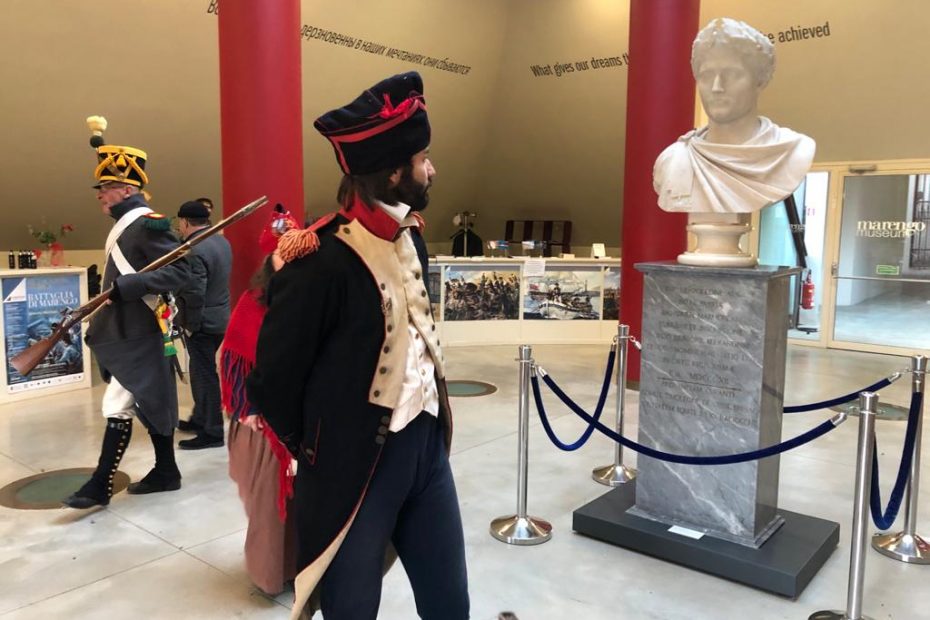by Aldino Leoni
Two artillerymen shooting at each other would be communicating, but there would certainly be no sense of communion in that: this is the meaning of French philosopher René Le Senne’s words when, about 50 years ago, he pointed out the limits of communication. In more recent years Danilo Dolci titled his book “Dal trasmettere al comunicare” (Translator’s note: From transmitting knowledge to communicating). Regardless of nuances in meaning, both Le Senne and Dolci highlighted the need to find a common ground between individuals and, by extension, communities.
Unfortunately, it is not rare for a city to preserve the memory of a battle, as a result of being situated near the field in which it was fought: indeed, the landmarks of conflict are seemingly everywhere. Just a few kilometers from the residential area of Alessandria, a southern European town, lies the field which was the scene of the Battle of Marengo. In June 1800, two armies, two lines of political thought and thousands of people from different countries fought under different flags. Within the space of a few hours, the fate of Europe and the fates of thousands of people were sealed. From that moment on, the history of Europe took a different turn. Marengo constitutes a fundamental milestone in contemporary history.
The “Castle” of Marengo, a beautiful mansion built during the first half of the 19th century to remember, to celebrate, or perhaps, even then, to attract tourists, replaced the “Field of Mars” with the “halls of art” and created a meeting-place where an armed conflict had taken place.
Today, Marengo is situated at the crossroads of many communication routes and hosts a number of accommodation facilities which can encourage people to meet for different purposes; it can constitute a place of life as well as a center for the creation and dissemination of culture, spirituality and civil advancement, not far from other historically meaningful locations: Bosco Marengo, with its church dating back to the Renaissance, Piovera, with its castle, Alessandria, with its important institutions in the fields of music and poetry and, a little further away, Libarna and Villa del Foro, with their Ancient Roman roots.
Thus, in Marengo and its neighboring locations, art will encourage individuals and communities to come together in order to create a center for the development of European culture. First of all, through art and words- as languages are the first tool employed in order to bring people together- but also music and theatre, visual arts as well as the art of philosophical and scientific thought. As for etymology, the word “art” refers to the concepts of articulating and organizing (thus, the exact opposite of destruction, though one can refer, paradoxically, to “the art of war”). Making art entails composing, building, creating through one’s intellect according to rules: it consists in the promotion of intellectual, practical as well as aesthetic activity (though it would be simplistic to consider art purely from an aesthetic perspective).
Today Marengo can represent the scene of a positive battle for civilization, fought with the powerful and peaceful weapons of knowledge, artistic expression, togetherness and cultural exchange.
(Translation by UJCE)
